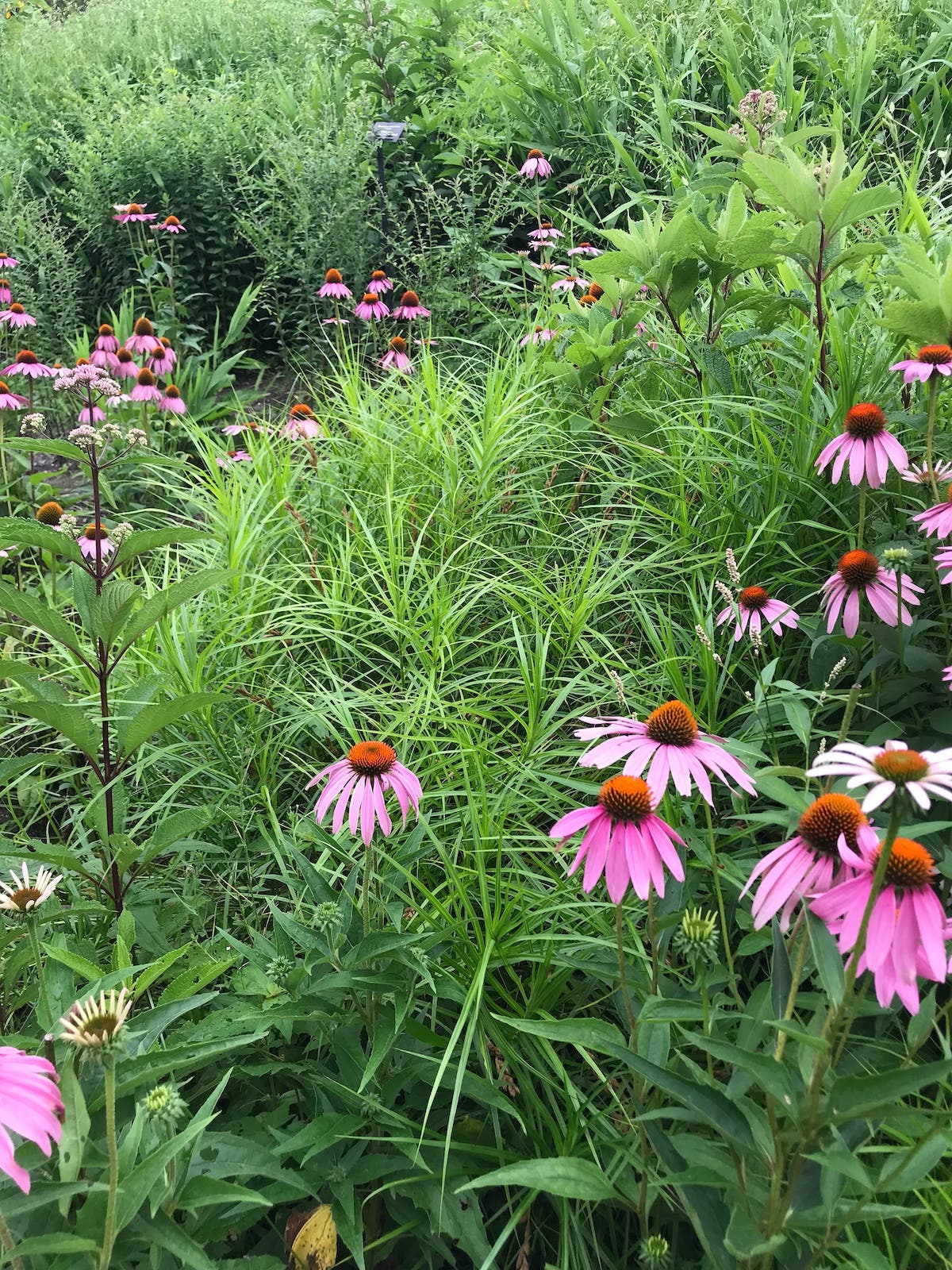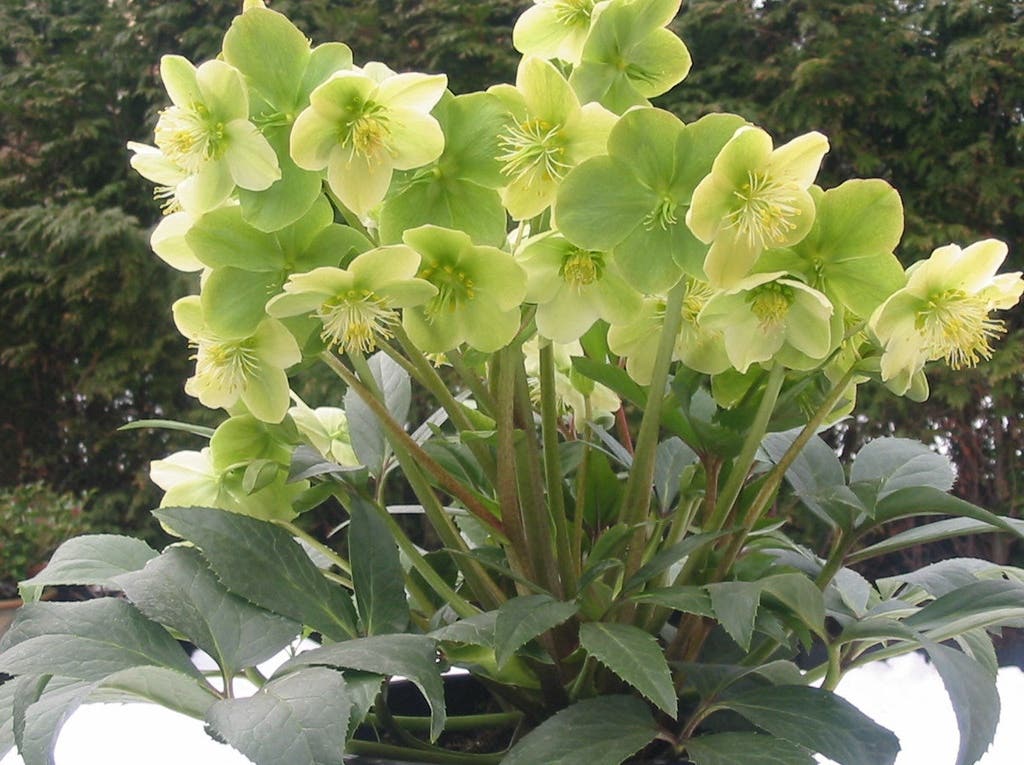Growing Swiss Chard
Tips for growing swiss chard, a leafy spring or fall crop.
After 2,000 years of cultivation, nutritious Swiss chard has been the recipient of a substantial makeover. It’s a descendant of the wild sea beet, Beta vulgaris ssp. maritima, a perennial still found growing along European coastlines. Ancient Greeks and Romans cultivated several types for their leaves. Later, selection shifted to developing the plant’s large root, resulting in the beets we know today. Looking at the roots of modern chard, you might still recognize this connection.
In the 1990s, Rob Johnston of Johnny’s Selected Seeds received seeds for a multicolored chard strain from the late John Eaton, a home gardener and amateur breeder in New Zealand. Johnston planted and selected plants over several generations, choosing four parent lines with distinct color differences. The resulting hybrid is ‘Bright Lights’, an All-America Selections winner in 1998. A decade later, it’s not unusual to find this variety in the produce section—and it’s equally popular among gardeners.
Renee Shepherd of Renee’s Garden Seeds agreed with me that the standard Swiss chard we remember from a few decades ago had a metallic flavor. She points out that an heirloom variety like ‘Italian Silver Rib’ has milder flavor, as do the newer selections.
Chard grows easily, can be harvested over a long season and adds splendid color to all kinds of gardens. Some varieties, like ‘Pot of Gold’, have been bred specifically for containers.
Because, as Renee says, chard is “a really successful germinator,” thinning seedlings is critical; they should eventually stand four to seven inches apart. While chard is not fussy, best leaf production results from full sun and rich garden soil. Harvest exterior leaves first by snapping them off as low as possible, leaving smaller interior leaves. Chard plants continue growing until hard frosts, although cool fall temperatures slow them down.
Read more vegetable articles







